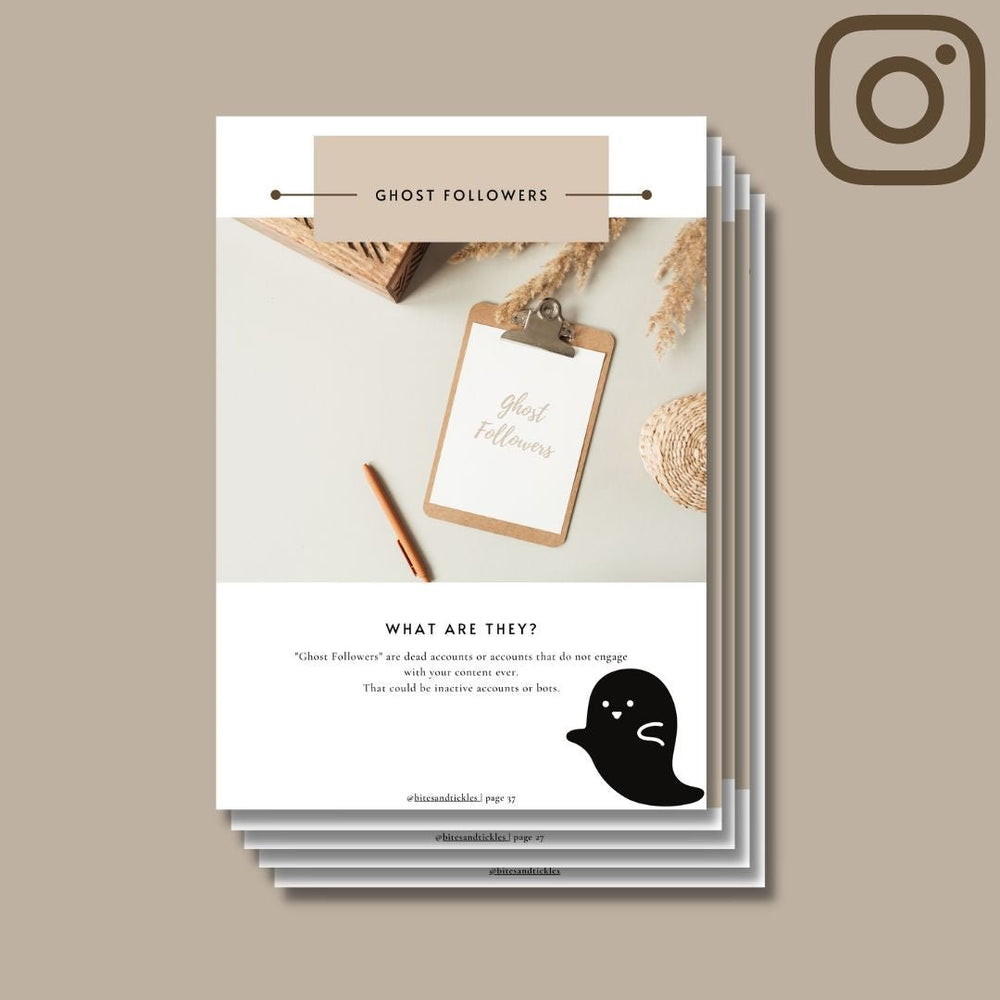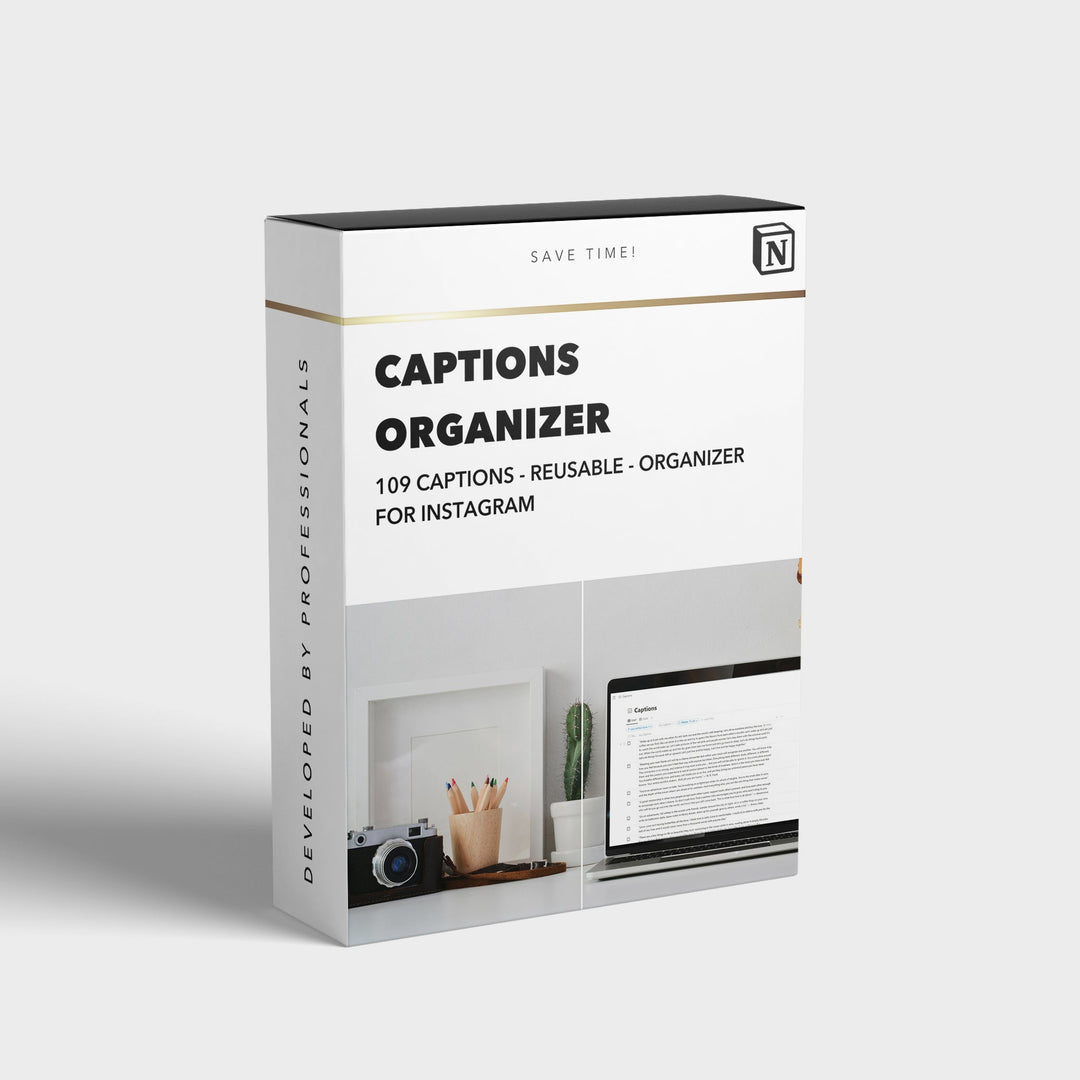10 Essential Wedding Photography Tips for Capturing the Perfect Moments

Introduction
Wedding photography is a crucial aspect of the couples special day, as it captures the most important moments for them to cherish for a lifetime. Capturing the right shots takes a certain level of skill and knowledge, and that's why we've put together this guide to help you take the best possible wedding photographs.
Planning Ahead
Planning is crucial to ensuring that you capture the best possible wedding photos. Before the big day, it's important to do some research and prepare all the necessary equipment. This includes the camera, lenses, and lighting equipment that you'll need for the shoot. We recommend testing all the equipment beforehand to ensure that it's working correctly.
It's also essential to visit the wedding venue before the big day to get a sense of the space and find the best possible locations for photos. Try to take some test shots to see how the lighting and angles work in different parts of the venue. If possible, meet with the wedding planner or coordinator to discuss the timeline and any special requests that the couple may have.
Lighting
Lighting is one of the most critical aspects of wedding photography. It's essential to understand how to work with different lighting conditions to achieve the best possible results. For example, if the wedding is taking place outdoors, you'll need to be aware of the position of the sun and how it affects the light.
We recommend using external lighting equipment such as flashes or reflectors to improve the quality of the photos. Flashes can help to fill in shadows and provide additional light in dimly lit areas, while reflectors can be used to bounce light and create a more natural-looking glow.
Capturing the Details
Capturing the intricate details that make the day so special is an essential aspect of wedding photography. This includes everything from the dress, flowers, and rings to the small details that make the event unique.
To capture these details effectively, we recommend using a macro lens. These lenses allow you to focus on the small details while creating a beautiful, blurred background that highlights the subject.
Capturing the Ceremony
The ceremony is one of the most important parts of the day, and it's essential to capture it effectively. We recommend using a long lens to capture close-up shots of the couple exchanging vows. This will allow you to get up close while remaining unobtrusive and respectful.
It's also important to capture shots of the wedding party and guests to help tell the complete story of the day. Try to capture a variety of shots from different angles to create a dynamic and engaging photo album.
Capturing the Reception
The reception is a time for celebration, and it's essential to capture the mood and energy of the event. We recommend using a wide-angle lens to capture the entire room and a fast lens to capture candid shots of the guests.
It's also important to capture shots of the couple dancing, cutting the cake, and interacting with guests. Try to focus on capturing the emotions and interactions between the couple and their guests to create a compelling photo album.
Use Burst Mode
One of the challenges of wedding photography is capturing those split-second moments that can be missed with a single shot. Using burst mode allows you to capture multiple shots in rapid succession, increasing your chances of getting the perfect shot.
Stay Alert
It's important to stay alert and aware of your surroundings throughout the wedding day. Keep an eye out for special moments or unique photo opportunities, such as a child blowing bubbles or the bride and groom stealing a quiet moment alone.
Experiment with Different Angles
Experimenting with different angles and perspectives can help to create unique and visually interesting photographs. Try shooting from above or below, or experiment with different types of lenses to achieve different effects.
Capture Candid Moments
While posed shots are an essential part of wedding photography, candid moments can be just as important. Be on the lookout for spontaneous interactions and genuine emotions, and be ready to capture them as they happen.
Post-Processing
Post-processing is a crucial aspect of wedding photography, as it allows you to enhance and perfect the photos you've taken. We recommend using high-quality editing software such as Adobe Lightroom or Photoshop to achieve the best possible results and investing in some professional wedding presets like the coffee collection presets
During post-processing, we recommend adjusting the exposure, temperature, tint, and contrast to achieve the desired look. It's also essential to crop and straighten the photos to improve their composition and remove any distractions in the background.
Conclusion
In conclusion, taking the best possible wedding photographs requires planning, skill, and attention to detail. By following the tips outlined in this guide, you can capture the perfect moments and create memories that will last a lifetime.
Title image by @enframe_eternity, edited with our coffee collection presets









![[NEW] Clean Collection Presets Mobile - bitesandtickles](http://bitesandtickles-shop.com/cdn/shop/products/new-clean-collection-presets-mobile-256234.jpg?v=1685723321&width=1000)












Leave a comment